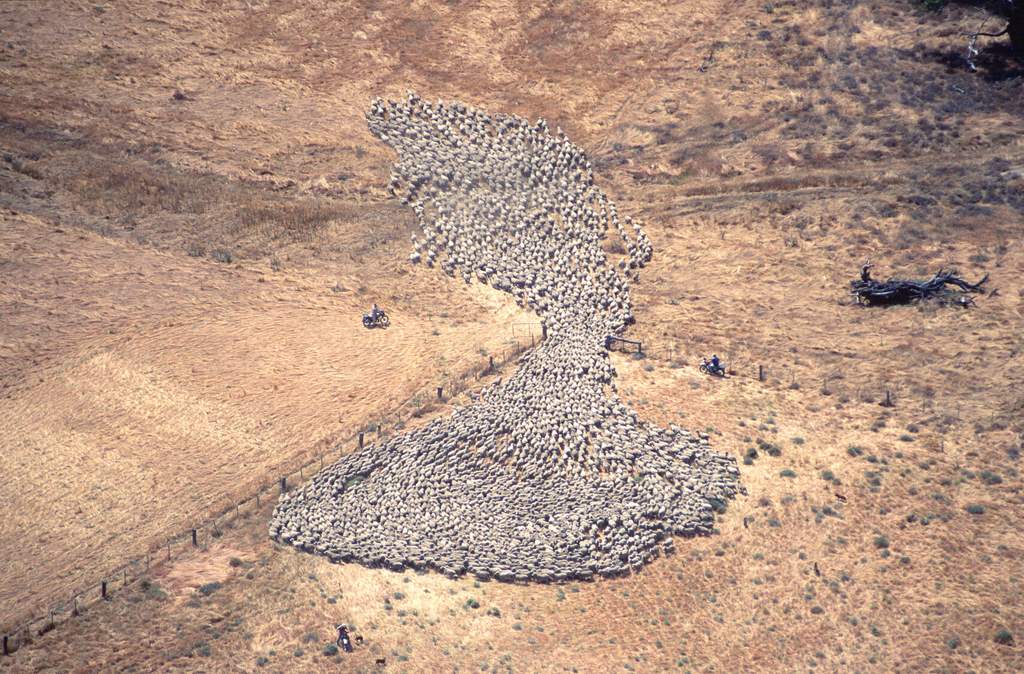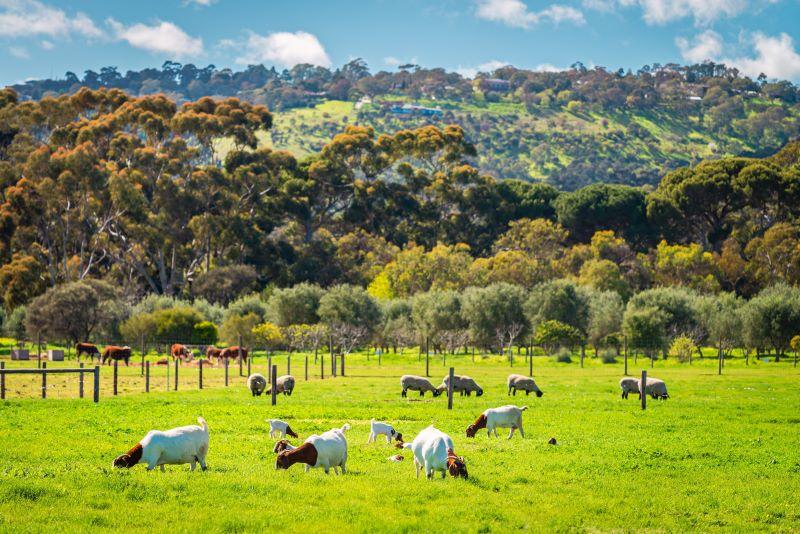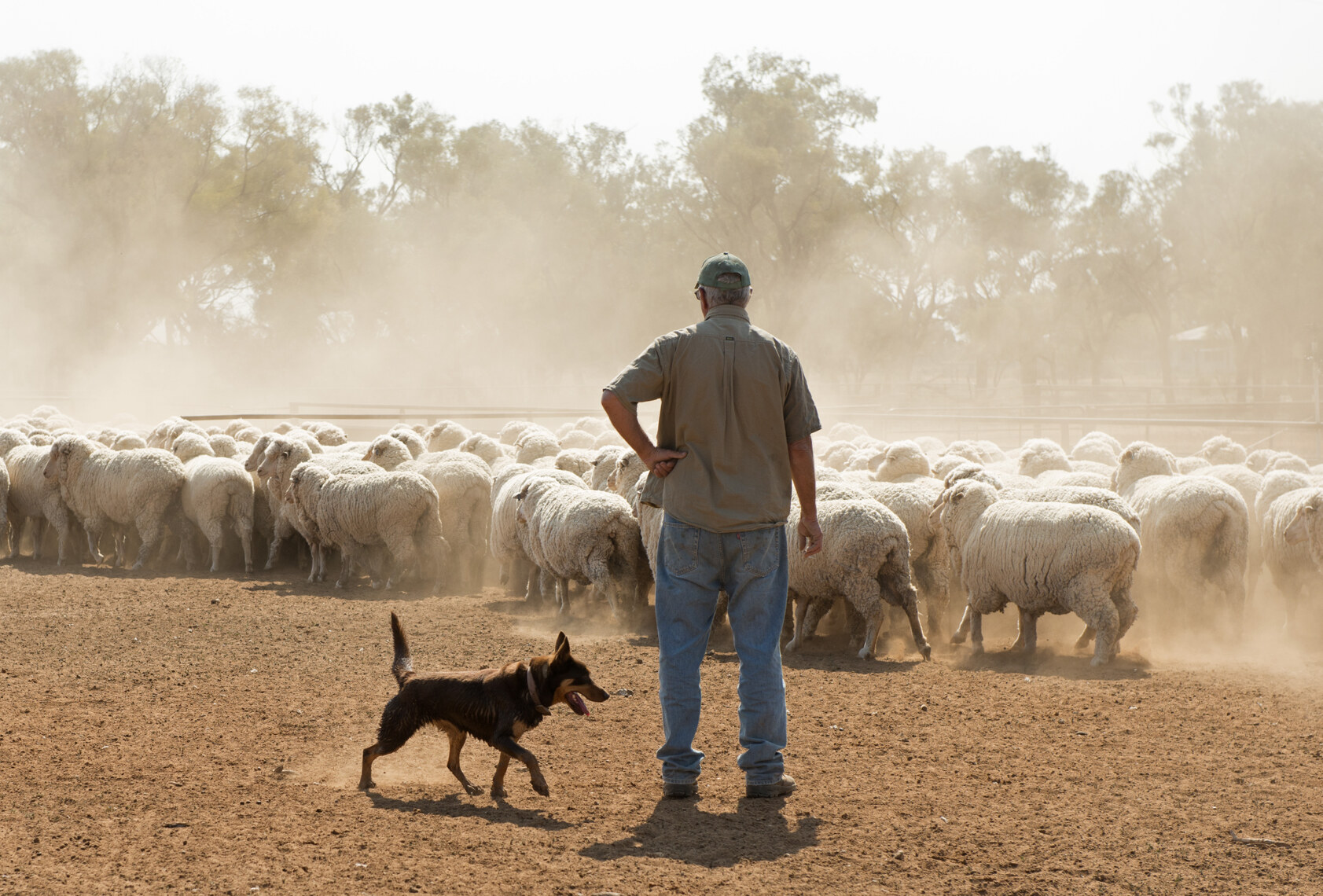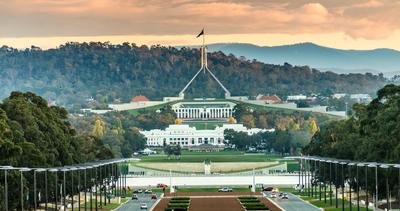Weekly Sheep Sales Update: Increased Supply Weighs On Lamb Prices


Lamb Slaughter Above 2020-21 Levels For First Time
National trade lamb prices recorded a 5 per cent decrease compared to a month ago, with every state reporting a decline of between two and seven per cent, according to Elders March 2022 sheep sales update.
It notes increased supply stemming from earlier processor disruptions weighed on prices.
While the national trade lamb indicator recently dipped two per cent below year-ago levels, Elders says longer-term forecasts released this week by ABARES suggest lamb prices will rise by five per cent in 2022/23, averaging 934c/kg CWT, driven by rising export demand and global inflation pressures.

In SA, Elders has witnessed an easing in both sheep and lamb prices, caused by continued COVID-related (staff) issues with processors, and a strengthening of supply from the eastern states, coupled with the continued sell-off of stock from the south-east of SA, which has seen continued dry conditions since November, according to Damien Webb, Elders Livestock Manager, northern SA.
“In relation to the north-west and north-east summer/autumn shearing, there will be next to no ewes for sale from these districts this year, as pastoralists retain numbers and capitalise on the excellent season,” he adds.
“There certainly are two distinct sets of conditions in SA at the moment – wet and an abundance of feed in the north, while the south-east remains dry and generally short on feed.
“Heading into autumn confidence is at a good level in the far-north of the state, yet understandably a bit wary in the south where the season remains dry. An early break to the season could see this turn around quite quickly down south.
“Looking ahead, Jamestown will hold two sheep sales on 3 and 17 March, the first sales for 2022 in the region. There will also be significant numbers of autumn 2021 drop wether lambs moving off-shears in the coming weeks.”
Meanwhile, Meat & Livestock Australia (MLA) reports lamb slaughter was above 2020 and 2021 levels for the first time this year in the previous week.
“Lamb slaughter was 10 per cent higher this week than the same time last year,” it says in an update published March 10, noting lambs that were held back in January and February are now hitting the markets.

“Last week, lamb slaughter in Australia was 386,897 head, 9.6 per cent higher than the corresponding week in 2021.
“This higher lamb slaughter was predicted, as many lambs hitting the market now would have traditionally hit the market in January and February were it not for the spread of the Omicron COVID-19 variant and its impacts on processor capacity.”
MLA notes that since the start of March, throughput in the heavy lamb category has risen 11 per cent, placing downward pressure on sheep sales prices, which have dropped three per cent since March 1 to 784c/kg.
It adds that in the next five weeks before Easter, lamb turn-off should continue at elevated levels as the 2021 lamb cohort – which was bigger than the five-year average – hits the market and as processors make up for reduced slaughter in January due to COVID-19 restrictions.
National trade lamb prices fell by 20c/kg CWT in the week commencing March 7, continuing a downward trend that began in early October 2021.
“With close to 50 per cent of lamb processing occurring in Victoria, lamb processing plants have not been affected by flood-related closures,” it points out.
Wagga Wagga has been the largest contributor of trade lambs, MLA says, accounting for 23.7 per cent of the total yarding and paying a 33c/kg CWT premium over the national price.







